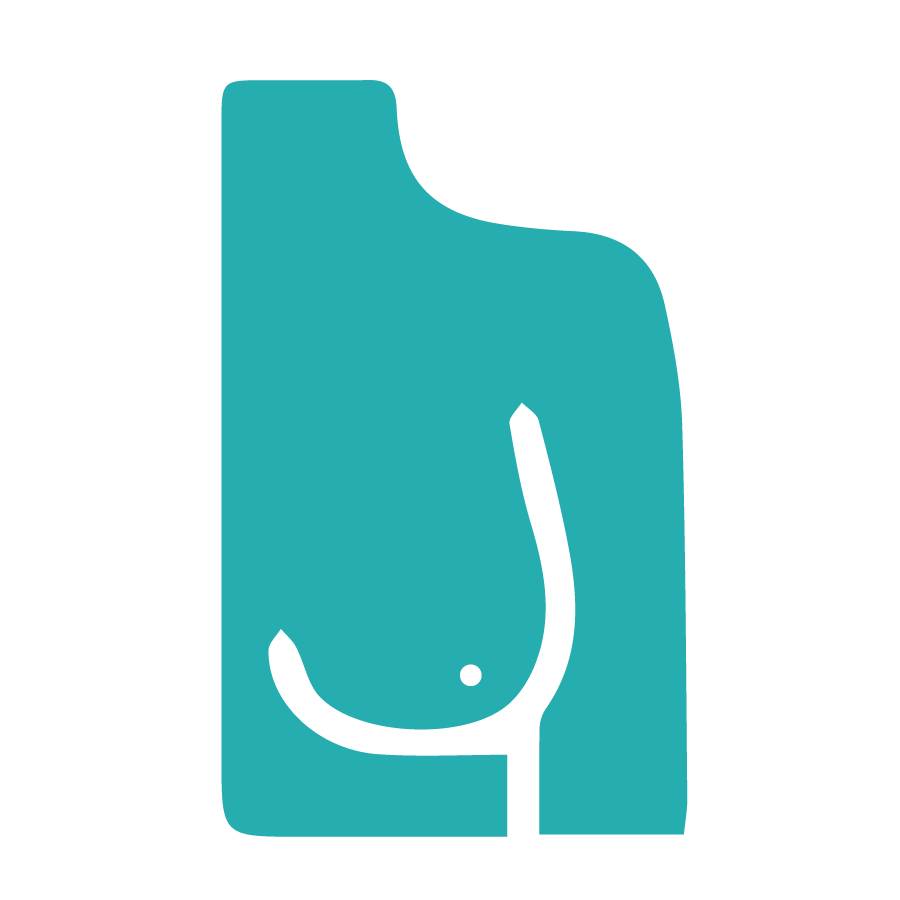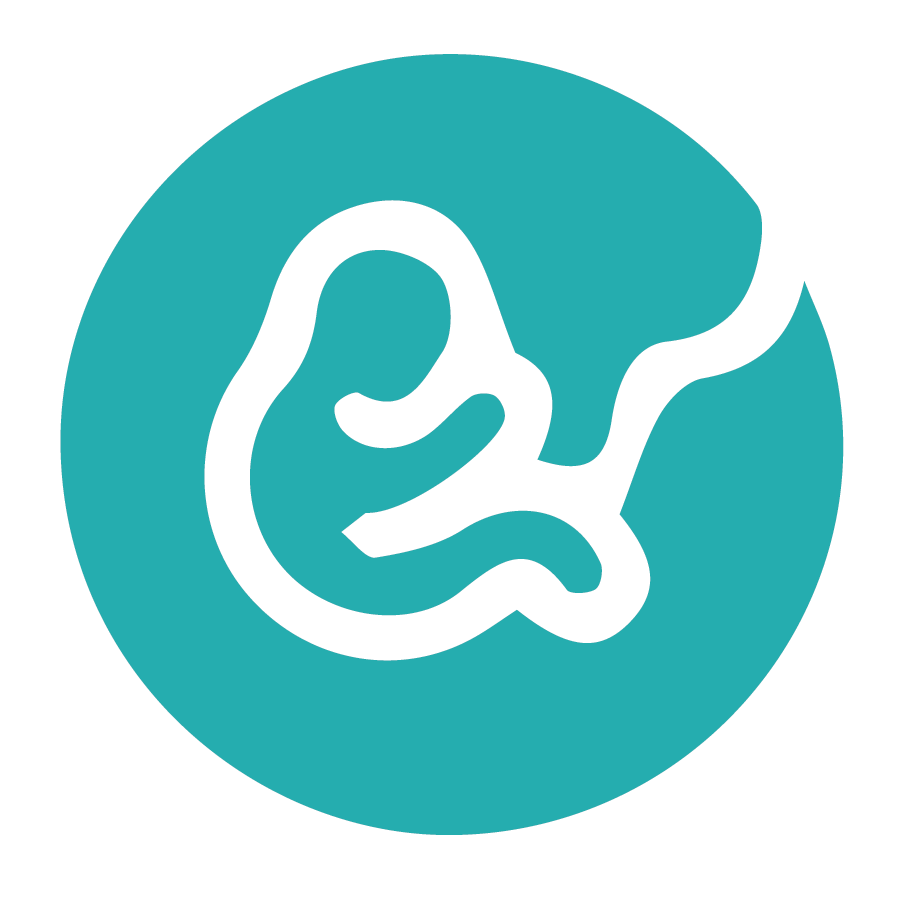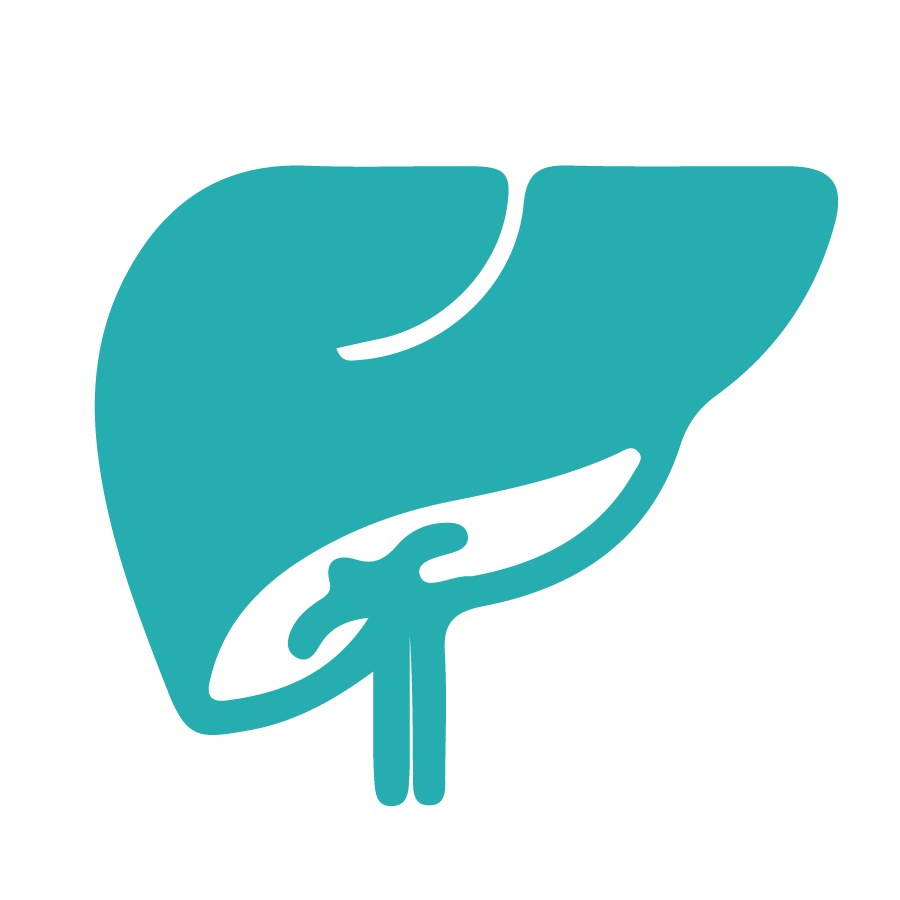Research
Quantative Ultrasound
Background
The Quantitative Ultrasound research line at MUSIC covers a wide range of aspects from improving image quality to tissue characterization using various quantitative parameters as well as artificial intelligence (AI) like deep learning techniques to asses features from echograms.
For example, we perform research on quantitative ultrasound techniques for automated head circumference measurement, breech position detection, improving breast tumor classification, staging of hepatic steatosis, and detection and differentiation of musculoskeletal diseases. For that, we derive quantitative parameters representing geometrical features or quantitative echographic features (brightness, speckle size, attenuation of the echo signal etc.,). Additionally, we develop image formation methods to improve the image quality like beamforming methods.
Research/Developments*
Image improvement
- Plane wave imaging beamforming and reconstruction methods
-
- Plane-wave imaging is a novel ultrasound technique featured high framerate up to 10000 fps. It is used in many applications in which high framerate is required or desired, like flow-imaging, elastography and 3D ultrasound imaging. In this technique, the entire transducer is employed to transmit unfocused wave and receive backscattered signals simultaneously. This contrasts with conventional imaging in which small focused ultrasound beams are transmitted and received to construct an image line-by-line. To improve the image quality in plane-wave imaging, we are investigating coherent compounding (combining steered acquisitions) and developing advanced filtering techniques for Fourier-based image reconstruction (beamforming) like angular weighting and PSF-based deconvolution. Furthermore, we have interest in comparing and optimizing the image quality of conventional imaging, plane-wave imaging and beamforming and our developed filtering techniques in on-going phantom and in-vivo studies.
- Plane wave imaging beamforming and reconstruction methods
-
- Plane-wave imaging is a novel ultrasound technique featured high framerate up to 10000 fps. It is used in many applications in which high framerate is required or desired, like flow-imaging, elastography and 3D ultrasound imaging. In this technique, the entire transducer is employed to transmit unfocused wave and receive backscattered signals simultaneously. This contrasts with conventional imaging in which small focused ultrasound beams are transmitted and received to construct an image line-by-line. To improve the image quality in plane-wave imaging, we are investigating coherent compounding (combining steered acquisitions) and developing advanced filtering techniques for Fourier-based image reconstruction (beamforming) like angular weighting and PSF-based deconvolution. Furthermore, we have interest in comparing and optimizing the image quality of conventional imaging, plane-wave imaging and beamforming and our developed filtering techniques in on-going phantom and in-vivo studies.
Image analysis
- AI for automated guidance and interpretation of ultrasound
-
- Ultrasound imaging required a well-trained sonographer to both acquire and interpret the images. By combining AI, a standardized acquisition protocol and hand-held ultrasound devices it becomes possible to vastly reduce training of sonographers. The AI systems can be used to aid the user during the acquisition of the ultrasound data and give real-time feedback to the user. When a standardized acquisition protocol is completed, the algorithms automatically interpret the ultrasound images and reports the results back to the user. This makes ultrasound imaging accessible to a wide range of users that were previously not able to perform ultrasound imaging. We are developing such algorithms for automated prenatal screening and COVID-19 classification.
- Tissue Characterization
-
- 3D Muscle (MURAB)
- By using automated ultrasound on skeletal muscle, 3D imaging can be used for the evaluation of neuromuscular disorders. Imaging volumes are created by stacking 2D images in the elevational direction. The addition of the third dimension introduces new parameters that characterize muscle tissue such as muscle size and muscle architecture. Automated ultrasound is commercially available and can therefore offers a safe tool for many clinical applications. Combined with methods for quantitative muscle ultrasound this method is ready to study and evaluate patients.
- 3D Muscle (MURAB)
-
- Computer Aided UltraSound (CAUS)
- Music developed a CAlibrated UltraSound (CAUS) method which determines various Quatinative UltraSound (QUS) parameters of 2D ultasound (B-mode) liver images. CAUS is a generic and offline analysis tool in which patient specific full-automatic segmentation and semi-automatic corrections for the abdominal fatlayer are implemented. CAUS is phantom reference method, in which all echolevel parameters are expressed relatively to phantom used for calibration. Caus also estimates texture parameters in a parametric fashion. The reference/calibrated proces turns CAUS into a generic method which can be applied to a broad range of ultrasound modalities having numerous applications.
- Quality Assurance for UltraSound (QA4US)
- MUSIC developed a Quality Assurance program 4 UltraSound (QA4US) software and protocols. Based on theoretical considerations, a minimum set of parameters are selected, to determine and follow-up the quality of an ultrasound machine-transducer combinations.
- Computer Aided UltraSound (CAUS)



